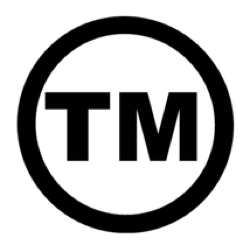In 2012, I read about the first Úll conference on Daring Fireball. It sounded like a great place to be. The following years I always said to myself that I should go, but I never got around to it. And I always regretted it afterwards, when i saw the tweets and photos of people who went.
So this year, as soon as the 2015 edition was (pre-)announced, I bought a ticket. I tried to convince a few colleagues to come along, but they all chose to go to NSConference. Them being developers, their choice made sense, since NSConf is a bit more technical than Úll. In hindsight I'm very glad that I went without 'real life' friends. It 'forced' me to introduce myself to people i didn't know a lot more and make new friends. Being an introvert, it's a challenge I got to get over, but it was very rewarding!
What makes Úll so great? The venue this year was amazing: a very nice hotel with a magnificent lake view. The talks and special features were funny, eye opening, motivating and insightful. The weather was, well, Irish, but so were the whiskey and Guinness! And of course, there was Gruber bot. But the main aspect that makes Úll fantastic are the people. Everyone I talked to was very warm and open and had interesting things to tell. Rands said it best in his after dinner video: "These are my people!".









